This Friday we visit the Akiak Native Community in Alaska. Akiak means "the other side," since it was historically a crossing to the Yukon River basin during the winter. The community is made up of about 405 residents and is situated on the Kuskokwim River, the second largest drainage in Alaska, stretching 900 miles from the Alaska Range mountains to the Bering Sea.
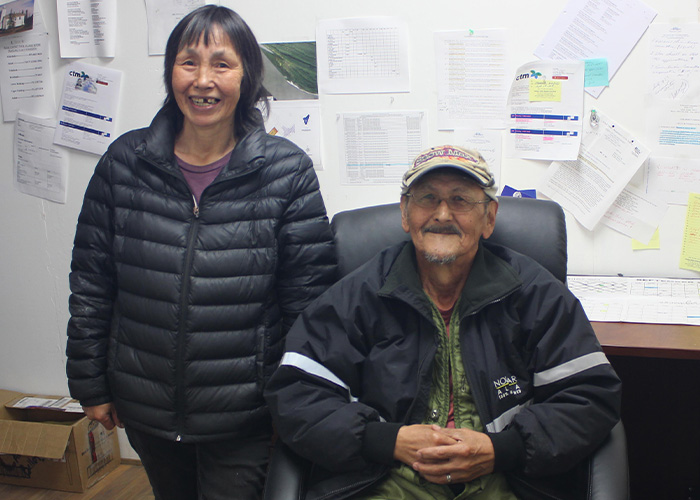
“The river is our way of life,” said local resident Lena Foss. “We fish. It’s our transportation. In the winter, it becomes our highway. We have king salmon, silvers, chum, white fish, smelt, grayling, rainbow trout, Dolly Varden. It keeps us sustainable. It keeps us living the subsistence life.”
Battling Erosion
Akiak resident Ted Williams sits on the edge of an outdoor basketball court, gazing out toward the Kuskokwim River, looking out on an eroded streambank.
“I remember sitting here when I was 12 years old – but back then the boardwalk used to go all the way out into the river,” Ted said. “The elders told me not to sit there because it was eroding, but I never thought it would erode this much.”
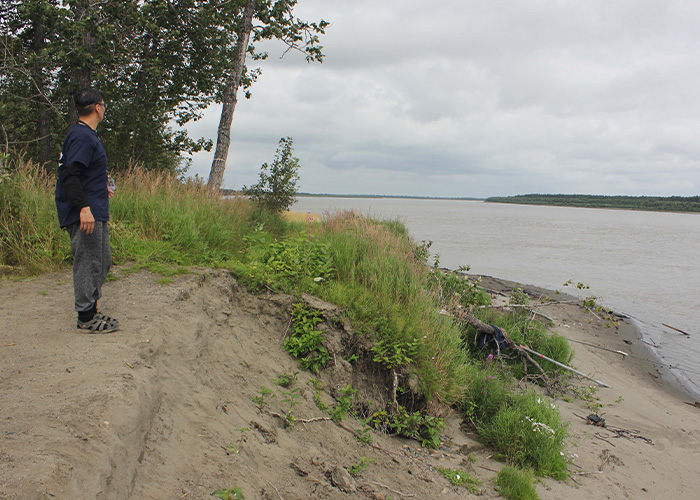
Residents say the erosion has become worse over the last 20 years. Many remember the flood of 2009 that submerged parts of the village in three feet of water. Major fall storms in 2012 and 2019 resulted in significant erosion events, which threatened homes and destroyed infrastructure.
“I remember watching my fish camp fall into the river in seconds,” said Lena. “People came running and tried to save as many fish as they could before it fell into the river. The river is changing.”

Significant erosion happened in 2019 during the spring “break up” season, an annual Alaska occurrence when snow and river ice melts. Air temperatures increased too quickly, causing the ice to heave and break up rather than gradually melt in place. Huge chunks of ice jammed the river and blocked stream flow. The ice jams resulted in severe riverbank erosion that made several homes unsafe for residents.
Working Together Toward a Solution
Akiak Native Community is working with USDA’s Natural Resources Conservation Service (NRCS), along with other federal and state agencies, to mitigate loss due to erosion and to plan for the future. An important part of their strategy is relocating homes and infrastructure away from the floodplain.
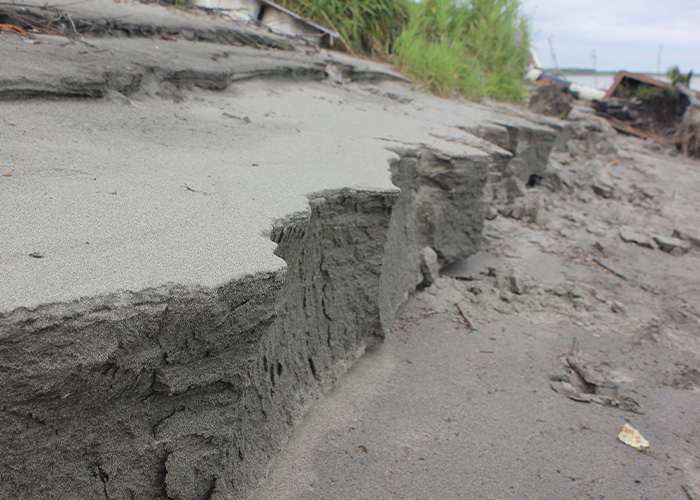
NRCS has worked with Akiak for several years to help them relocate homes threatened by erosion. The relocation projects are funded by the Emergency Watershed Protection Program (EWP), a recovery program that helps communities address imminent threats to life and property caused by floods, fires, windstorms, and other natural disasters.
EWP differs from other government disaster programs because it does not require a disaster declaration by federal or state governments for a community to receive assistance. The NRCS State Conservationist can declare a local watershed emergency and initiate EWP assistance in cooperation with an eligible sponsor.
Akiak Native Community was awarded funding in 2020 and relocated six homes in danger from ongoing erosion. The work was done in partnership with Kokarmiut Corporation and the City of Akiak.
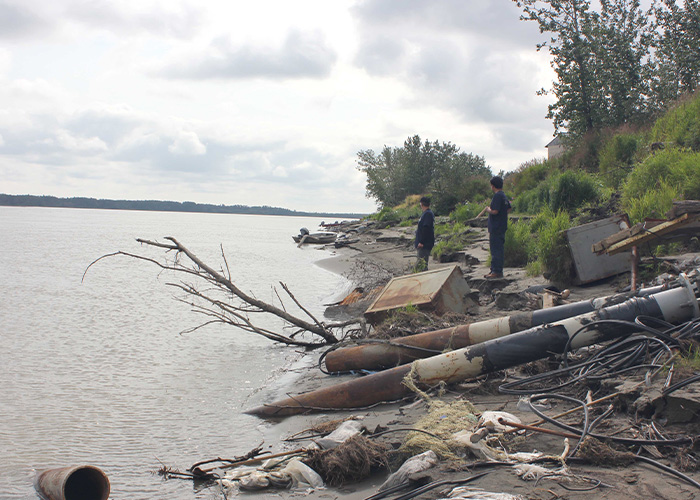
"We completed the relocation work with a 100 percent local workforce,” said Sheila Williams Carl, tribal administrator at the time. “When the COVID-19 pandemic began, the tribal council approved an ordinance to limit outsiders from visiting Akiak. The pandemic caused some delay in relocation efforts due to limited air freight options for bringing needed equipment and construction materials to Akiak, but our crews pushed forward."
Akiak was selected for NRCS funding through the Watershed and Flood Prevention Operations (WFPO) program in 2022. This program will address other village relocation needs in the community beyond what EWP can accomplish and will gather input from the community.
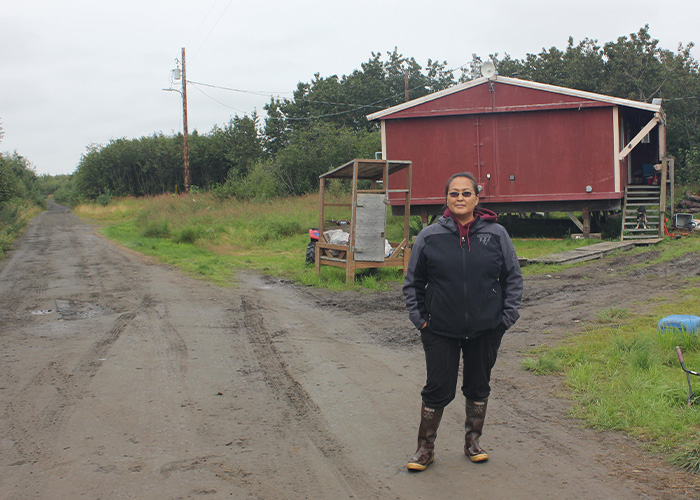
Through collaboration and partnerships, NRCS and Akiak are working together to plan and implement solutions that will protect lives, homes, and infrastructure while also ensuring the Akiak people can retain their subsistence way of life.
“NRCS, you are the only group that was able to listen to us. You know this erosion better than anyone, any agency,” said Ivan M. Ivan, tribal member. “Our heart is here on this land, that’s what kept us alive for centuries.”
More Information
Visit local farms, ranches, forests, and resource areas through our Fridays on the Farm stories. Meet farmers, producers, and landowners who are working to improve their operations with USDA programs.
USDA offers a variety of risk management, disaster assistance, loan, and conservation programs to help producers weather ups and downs in the market and recover from natural disasters as well as invest in improvements to their operations. Learn about additional programs.
For more information about USDA programs and services, contact your local USDA service center.
Tracy Robillard is a public affairs specialist for NRCS in Alaska. Read the full story for more information


